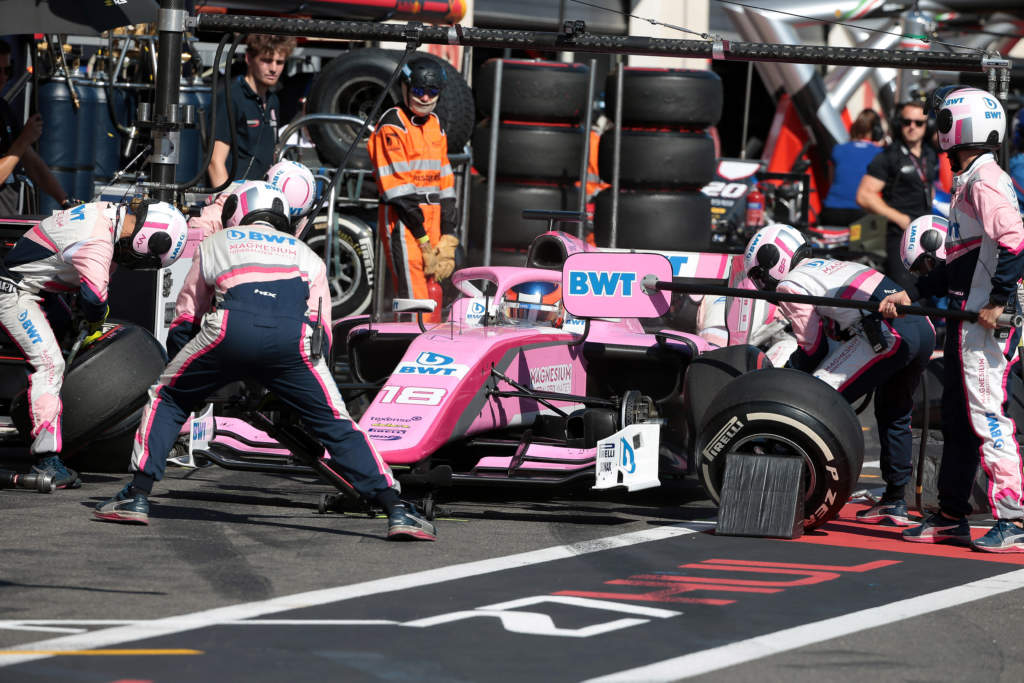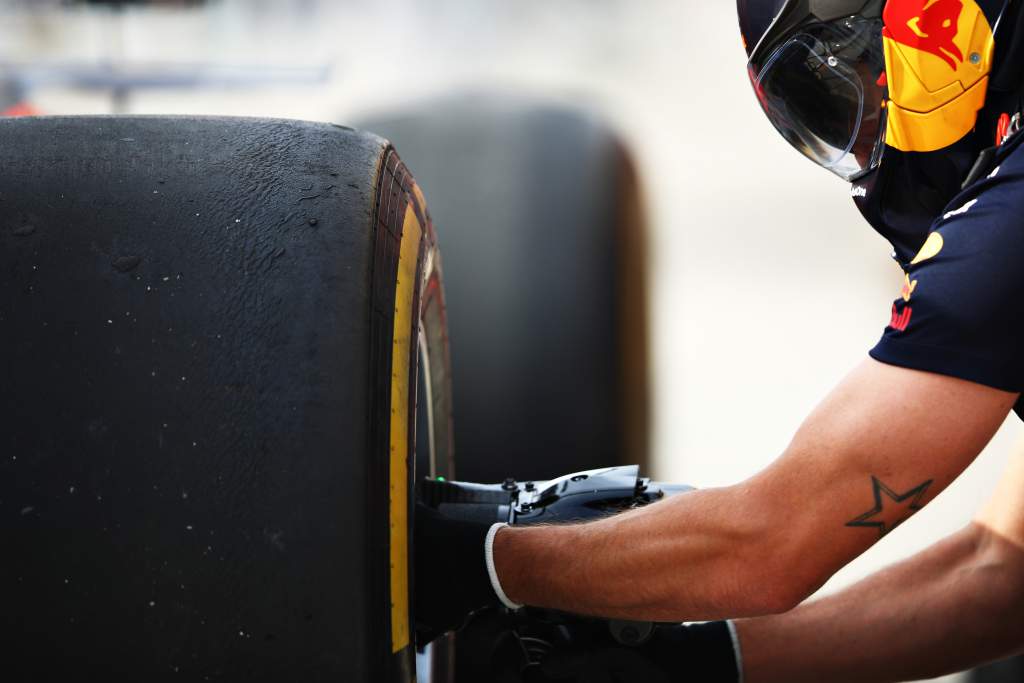Up Next

New protocols that will slow down Formula 1’s fastest pitstops from the Hungarian Grand Prix have been criticised for being too controlling.
Red Bull’s Christian Horner, whose team these new rules will likely hit hardest as F1’s pitstop benchmark, believes sub-2s pitstops are a mark of F1’s innovation and competition.
But Mercedes boss Toto Wolff has argued that with such a small difference between average pitstop times there’s not enough performance differentiation.
Those views are almost certainly influenced by the two teams’ respective competitiveness in this area.
So what do our writers – who to our knowledge do not run F1 teams – think about regulating pitstops?
Pre-emptive nature of rapid pitstops is a safety concern
Scott Mitchell
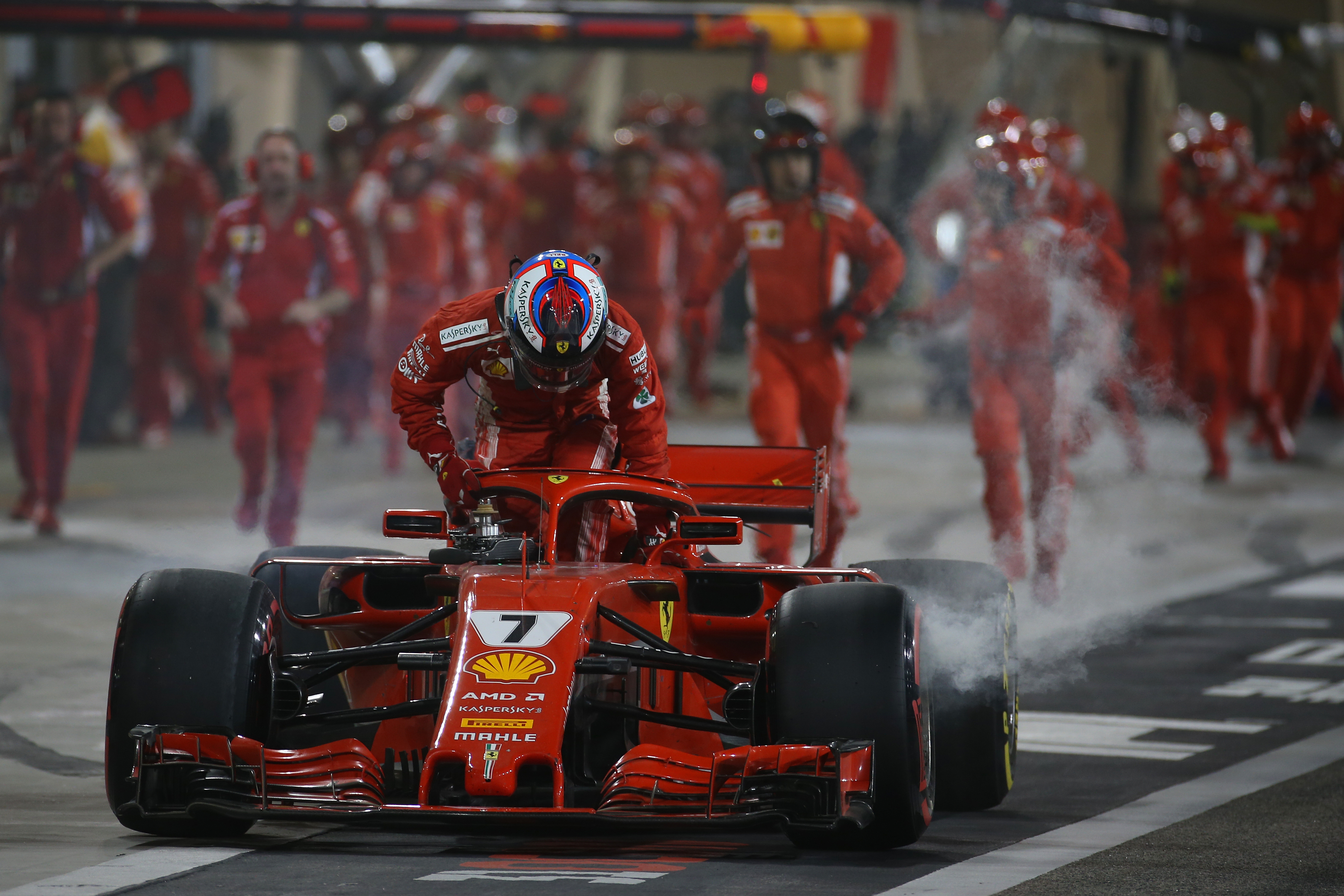
It is completely right to regulate pitstops – if it’s explicitly on safety grounds and there’s a legitimate reason to think risks are being exaggerated. I wouldn’t like to see F1 introduce a minimum pitstop time just for the sake of equalising competition or something. And I don’t believe that’s what is happening here.
When you’re down to two-second pitstops it’s very easy for something to go badly wrong. This isn’t just about sending cars out with incorrectly attached wheels, even if that is the obvious and main priority. It’s also about preventing a situation that may put mechanics in danger.
The last thing the FIA will want to see is teams reaching a point where they have to pre-empt a process being finished and, in search of a split-second advantage, risk releasing a car marginally prematurely. The consequences of such a tiny error can be huge – just look at the awful incident in Bahrain 2018 in which Kimi Raikkonen ran over a Ferrari mechanic’s leg.
I am surprised it doesn’t happen more, and the fact it doesn’t is a testament to the safety precautions that are already in place. But even though those incidents are not a common occurrence, the risk is there.
The answer questions F1’s core philosophies
Edd Straw
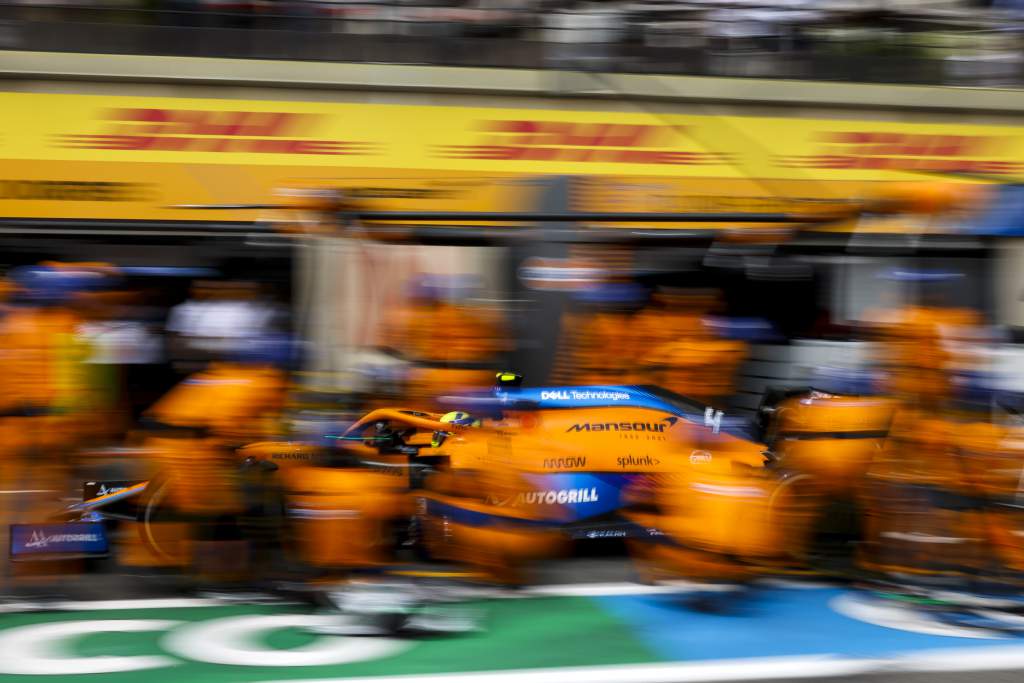
Formula 1 pitstops certainly should be regulated in terms of safety. But beyond that it’s a wider philosophical question that doesn’t have a clear answer. Broadly, there are two schools of thought and both have their appeal.
The choreography of F1 pitstops is astonishing, with cars turned around in the blink of an eye thanks to the hard work and precision of the pit-crew. This is the result of the steely nerve of those executing the pitstop, their unseen dedication to practice and fitness outside of the race and teams pushing the boundaries technologically.
But it’s so fast that beyond the sense of awe it creates, there’s little for those on the outside to watch. That brings us to the other end of the spectrum, which would be increased regulation of pitstops through common equipment and fewer participants.
Not only would that make pitstops longer and more watchable, it would also mean there was more scope to gain and lose time. After all, do a two-second pitstop 5% slower than usual and that’s just a tenth of a second lost, but in an eight-second stop that would be a loss of four tenths. Therefore, more to watch and more scope to influence the race.
Both extremes, and much in between, can be argued for. But culturally, F1 is all about pushing the boundaries of what is technologically and humanly possible. So F1 has perhaps got it about right with ultra-fast, but safe, stops, with the more pared-down pitcrews in other categories offering the alternative.
‘Neutering’ pitstops is wrong
Mark Hughes
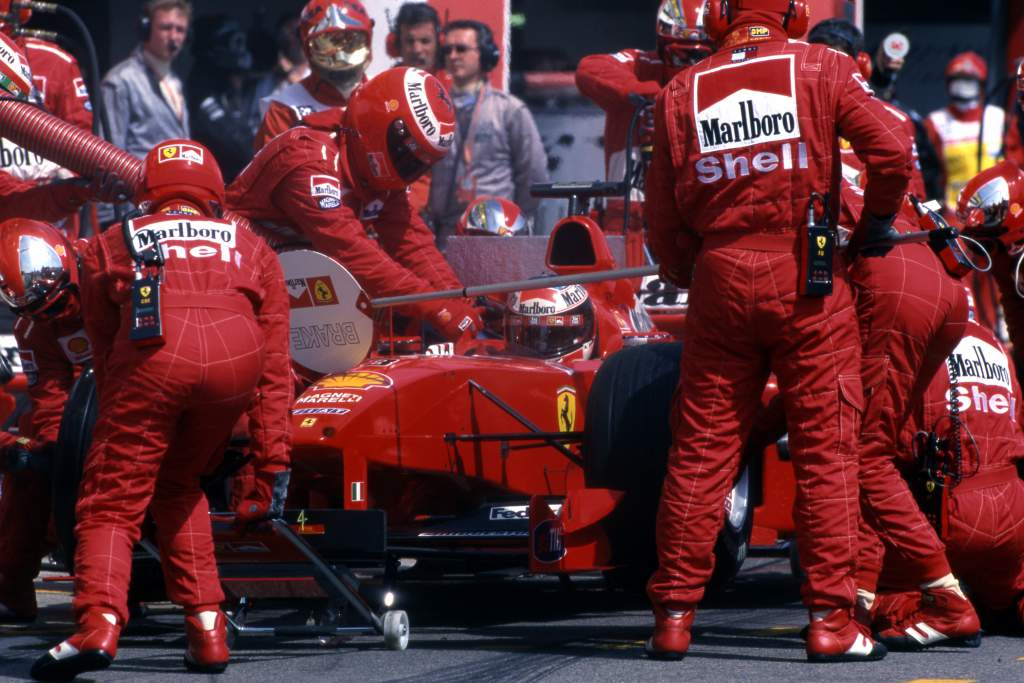
Part of the spectacle is the apparently impossibly fast record continually being broken. Which is part of the whole ethic of F1.
If you take the logic of justifying the regulation on the grounds that it might prevent a dangerous incident when the incidence of it happening is very low, you may as well go the whole way and say the safest option of all is to not race.
It is a dimension of competition that has now been, to an extent, neutered. Which is the wrong direction.
FIA’s logic seems flawed
Gary Anderson
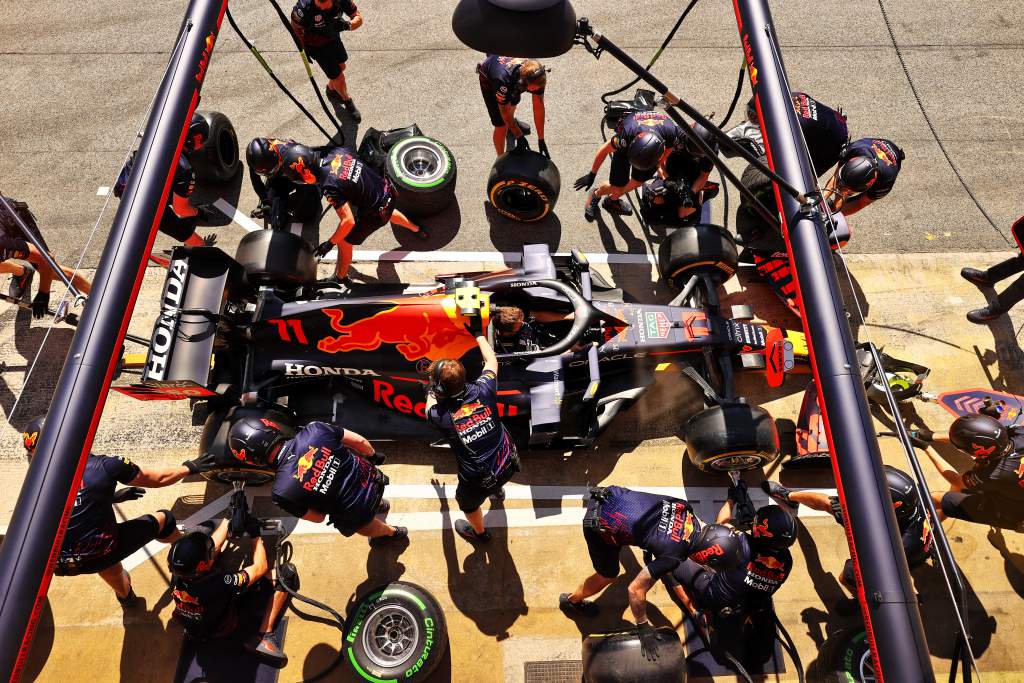
My first question about these changes to the pitstop procedure is why fastest team Red Bull has drilled itself into being able to consistently nudge that two-second stop. Well done to Red Bull – I can’t remember the last time its mechanics made a mistake and sent a car on its way with a loose wheel.
It’s the slower teams that have suffered the problems and these changes won’t have any effect on that, so once again the question is why?
The FIA seems to believe that the people involved in the pitstops are breaching the human capability to react to a situation. As far as I am aware, at the Olympics you get disqualified if you leave your blocks within 0.1 seconds of the gun going off. If my memory is correct, we saw Valtteri Bottas with a questionable jump start that was 0.08s seconds after the lights went out and was legal.
These two situations are about reaction to an outside state change. That’s different from what happens during a pitstop, when it’s all visual. Everything that is happening is in the hands of the crew that is changing the wheels and they can see it all going on in front of them. For the top guys, it is all happening in slow motion.
All that said, I think the pitstops are too fast. I would like to see them happen just that little bit more and the way I would go about it is to reduce the amount of people that can come into the pitlane. For a start, let’s reduce that to two on each wheel, one on the front and one on the rear jack, one to steady the car and a lollypop man. Simples!
It would be a lot easier to police. The challenge would still be there to be faster than the other teams, but with less clutter it would be all more visible to the viewer.
Make it one person per wheel
Glenn Freeman
